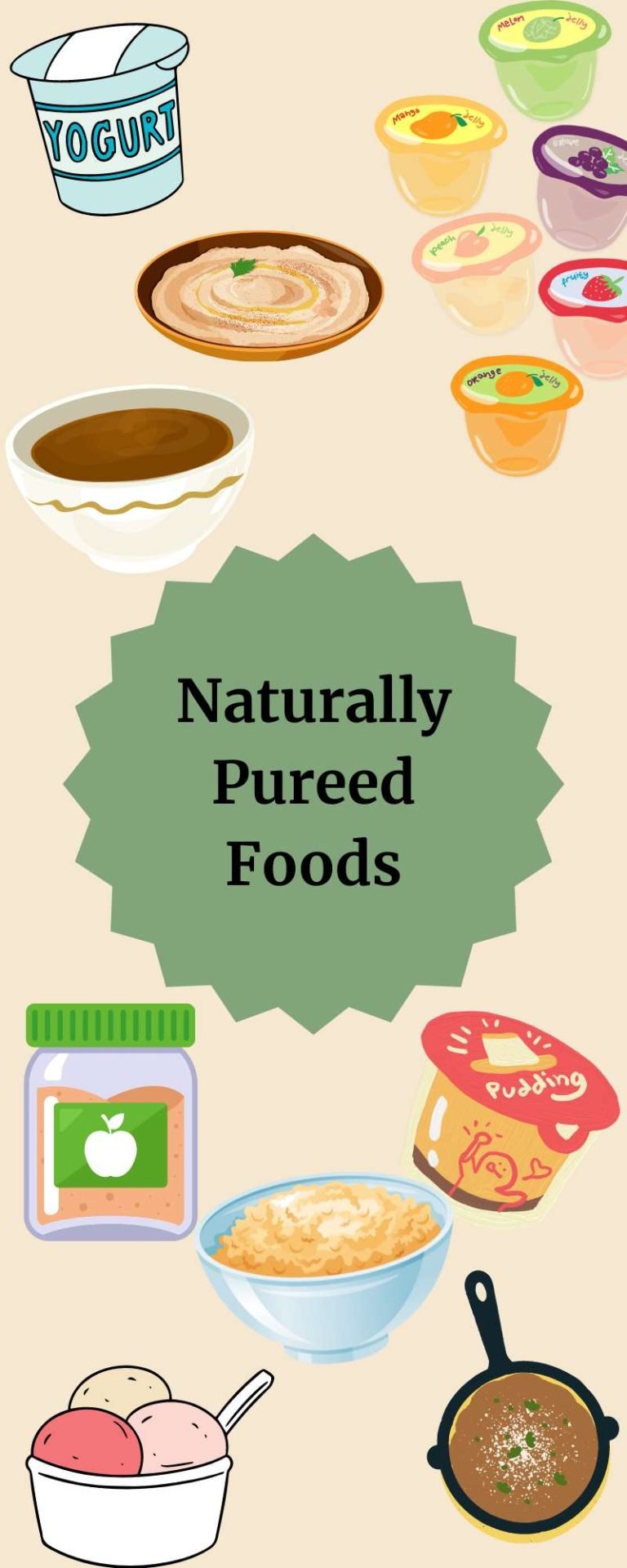Why You Crave Spicy Food: Science-Backed Reasons and How to Respond
Understand Your Spicy Cravings
Craving heat-packed foods can stem from biological pain-pleasure pathways, learned preferences, personality traits, mood and stress dynamics, and even environmental cues. Research links capsaicin-the compound that makes chilies hot-to altered pain perception and reward responses, which can make spicy meals feel compelling and memorable [1] . Personality factors such as higher sensation seeking and sensitivity to reward are also associated with greater liking and intake of spicy foods [2] . In some populations, frequent spicy intake correlates with higher odds of depressive or anxiety symptoms, though causation is not established and results vary by context [3] . Popular summaries often note endorphin release and a feel-good response, but these should be understood as part of a broader, nuanced picture [4] .
1) The Pain-Pleasure Loop: Why Heat Can Feel Good
Capsaicin activates heat and pain receptors (TRPV1), which the brain interprets as a mild threat, prompting physiological responses that can include analgesic and emotional effects. Recent human experiments report that spicy intake can reduce perceived pain intensity, alter pain-related brain responses, and shift emotional reactions to pain, especially for minor pain stimuli [1] . This helps explain why some people crave spicy food: the experience may blunt discomfort and pair pain with relief in a rewarding cycle. Media and consumer articles often attribute this to endorphins and related feel-good signals, a framing that is consistent with the analgesic and reinforcing effects described in experimental and review contexts, though exact neurochemical contributions in daily eating vary across individuals [4] .
How to apply it: If you reach for heat during stress or minor aches, try a small portion first (e.g., a few dashes of hot sauce or a mild salsa) and note how you feel 15-30 minutes later. Keep a brief log of mood, stress, and relief. If spicy food seems to help you unwind or distract from discomfort, consider pairing it with other evidence-based strategies such as light exercise or breathwork for a balanced approach.
Example: Before a demanding task, someone opts for medium-spice chili. They notice sharper alertness and a pleasant post-meal calm. Over a week, they calibrate the heat level that provides a lift without causing heartburn.

Source: jooinn.com
Potential challenges: Overdoing heat can cause gastrointestinal discomfort. If that occurs, scale back intensity, choose cooked chilies over raw, and add dairy or starchy sides to buffer the burn.
2) Personality and Reward Sensitivity
People who enjoy spicy foods tend to score higher on sensation seeking and sensitivity to reward, suggesting that individual differences in novelty seeking and reinforcement shape preferences and cravings [2] . This means that for some, heat is not just flavor-it’s a micro-adventure that reliably delivers stimulation and satisfaction.
How to apply it: If you recognize yourself as a novelty seeker, channel that trait into structured tasting: rotate new peppers (e.g., jalapeño, serrano, Fresno) and sauces across meals rather than escalating intensity daily. Use a simple 1-10 heat journal to keep cravings intentional rather than impulsive.
Example: A foodie who loves trying new cuisines sets a weekly “heat feature” night, exploring one sauce or pepper at a time, preventing tolerance creep and preserving enjoyment.
Alternative approach: If novelty-not heat-is the main driver, diversify with acids (citrus), aromatics (ginger, garlic), and textures to satisfy the craving for stimulation without relying solely on capsaicin.
3) Mood, Stress, and Habit Loops
Observational data in Chinese college students found a positive correlation between frequent spicy intake (three or more times per week) and symptoms of depression and anxiety, after adjusting for multiple confounders; however, years of consumption did not change odds, and such studies cannot prove causality [3] . Consumer health summaries note that capsaicin’s relationship with mood in humans is mixed and may depend on context, dose, and individual sensitivity [4] . In practice, some people may crave spice during low mood or stress because the experience feels energizing or distracting.
How to apply it: If you notice heat cravings when stressed, pair spicy meals with consistent sleep, hydration, and fiber-rich sides to stabilize energy. If cravings intensify alongside persistent low mood, anxiety, or sleep problems for more than two weeks, consider discussing patterns with a clinician or registered dietitian who can assess broader drivers and help plan balanced eating.
Example: A student craves hot noodles during exam week. They add vegetables and protein to improve satiety and set a cut-off time to avoid late-night reflux, reducing next-day stress reactivity.

Source: pixabay.com
Potential challenges: Emotional eating can become a default coping strategy. Build a toolbox: five-minute walks, hydration, and a non-food reward (music, brief stretching) before deciding on spice.
4) Culture, Exposure, and Learned Preference
Repeated exposure builds familiarity and liking for capsaicin-containing foods, while cultural norms and social contexts reinforce preferences. Personality does not fully explain behavior; social influences and habituation also shape intake patterns over time [2] . Popular explainers also highlight how marketing and cuisine trends can elevate the appeal of heat, although these narratives are interpretive and should be weighed alongside empirical evidence [4] .
How to apply it: Gradually train your palate: start with mild chilies (poblano), progress to jalapeño and serrano, then explore smoky chipotle or tangy gochujang. Keep portions moderate to prevent tolerance escalation.
Example: Over a month, a household moves from mild chili to medium salsa, then to Korean gochujang marinades, noting flavor notes (smoky, fruity) rather than chasing maximum Scoville.
Alternative: If you want the flavor complexity without intense heat, deseed peppers, use chili-infused oils sparingly, or combine with dairy (yogurt sauces) to soften the bite.
5) Health and Safety Considerations
Short-term, spicy foods can be part of a balanced diet. Yet individuals with reflux, gastritis, or certain GI conditions may experience discomfort. Because recent human work shows spicy can modulate pain responses and emotions around pain, it’s wise to calibrate intake based on your reactions rather than broad rules [1] . Observational links with mood symptoms in specific groups warrant attention but do not mean spicy foods cause these conditions; use cravings as a cue to check overall lifestyle balance [3] .
Step-by-step safety guide:
- Assess tolerance: rate current heat comfort (1-10) before meals for one week [2] .
- Buffer meals: pair spice with fiber (beans, vegetables) and protein to reduce rapid gastric irritation [4] .
- Hydrate wisely: use dairy or carbohydrate sides for relief; water alone may not reduce burn effectively [4] .
- Time your heat: avoid large spicy meals close to bedtime to lower reflux risk [4] .
- Monitor mood and sleep: if cravings spike with prolonged stress or mood changes, consider professional guidance [3] .
Practical Playbook: Satisfy Cravings Without Overdoing It
Build a balanced spicy plate: Combine a moderate-heat component with cooling elements (yogurt, avocado) and whole grains. This approach preserves pleasure while minimizing discomfort. Keep serving sizes steady to avoid tolerance creep and escalating cravings.
Flavor-first strategy: Emphasize aromatic spices (cumin, coriander, smoked paprika) and acids (lime, vinegar) so the dish feels vibrant even at lower Scoville levels. This supports satisfaction while you fine-tune heat.
Substitutions and swaps: If you crave the rush but need less burn, try pepper-based sauces blended with tomato or fruit, or dilute hot sauces into dressings. For snacks, mix a small amount of spicy nuts with plain nuts to moderate intake.
Self-experiment plan (2 weeks):
- Week 1: Track when and why cravings occur (hunger, boredom, stress, social). Rate pre-meal mood and post-meal satisfaction on a 1-5 scale [3] .
- Week 2: Introduce a “heat window” (one meal daily with planned heat). Keep the rest of the day low-to-moderate in spice to maintain sensitivity and enjoyment [2] .
When to seek help: If spicy cravings feel compulsive, cause persistent GI issues, or correlate with notable mood changes, you can consult your primary care clinician or a registered dietitian. To find credentialed dietitians, search your local medical system’s directory or your state dietetic association. For mental health concerns linked to eating patterns, search for licensed therapists via your health insurer’s network or your local psychological association.
Key Takeaways
- Why you crave it: analgesic and emotional effects of capsaicin, reward and novelty seeking, learned exposure, and situational stress [1] [2] [3] .
- What to do: calibrate heat, pair with balanced meals, track mood and sleep, and diversify flavors to avoid tolerance build-up [4] .
- Be mindful: observational links with mood symptoms exist in specific groups; personalize choices and seek guidance if cravings align with persistent distress [3] .
References
[2] Physiology & Behavior (2012). Personality factors predict spicy food liking and intake.
[4] Healthline (2021). 5 Common Reasons You’re Craving Spicy Food.
MORE FROM hotondeals.com













